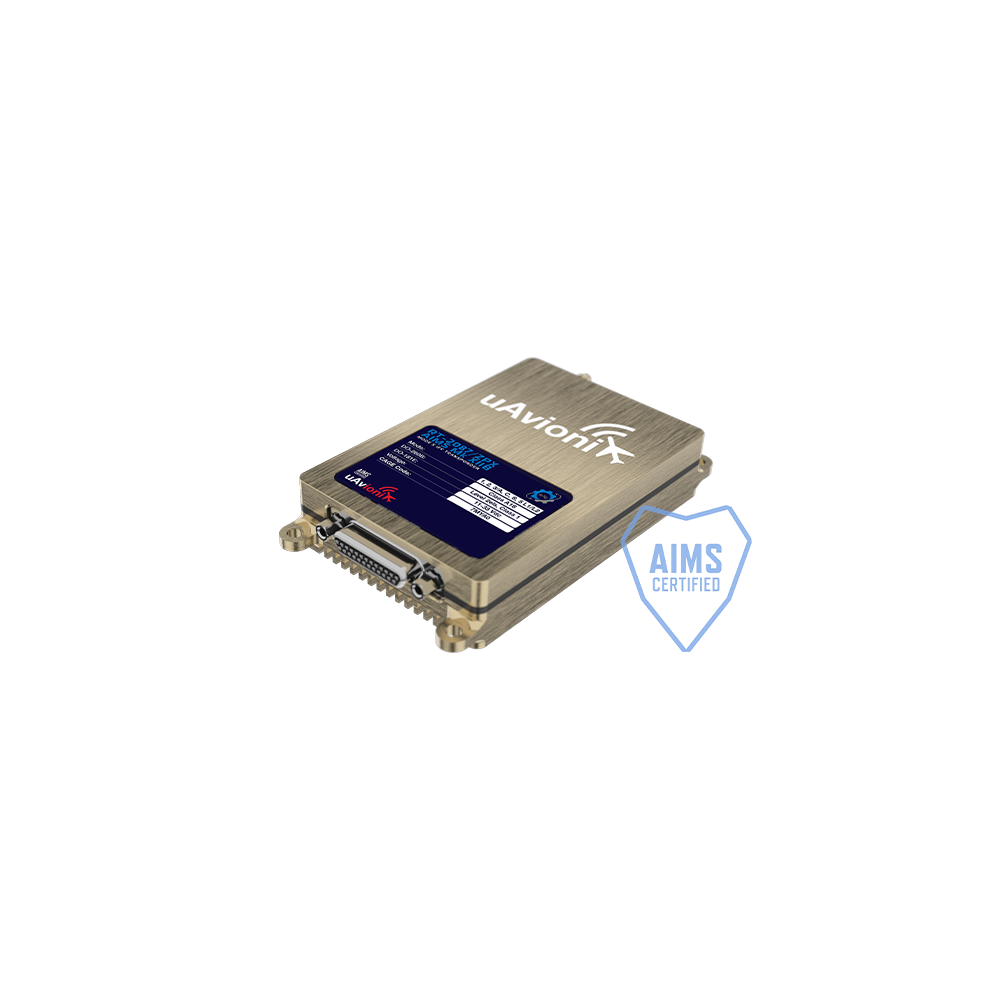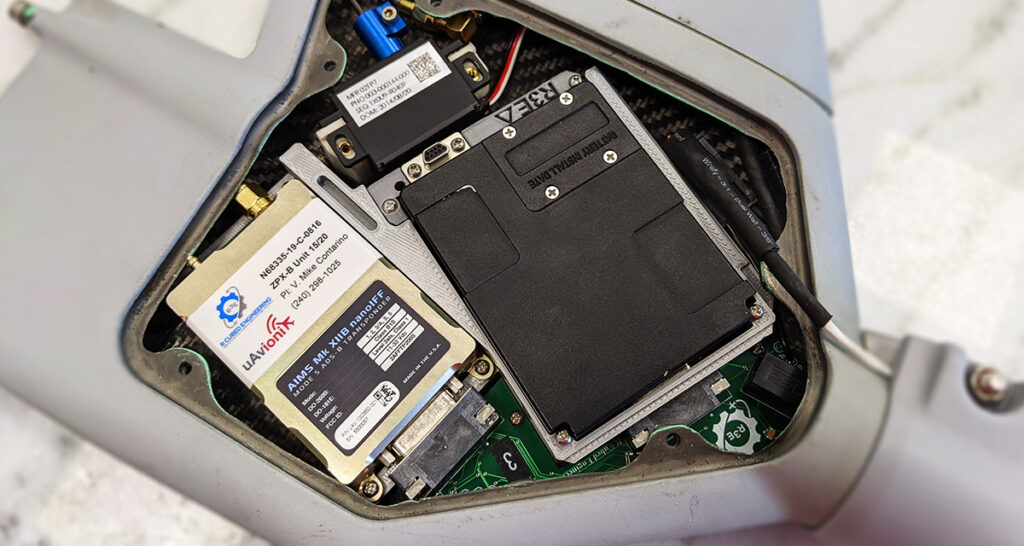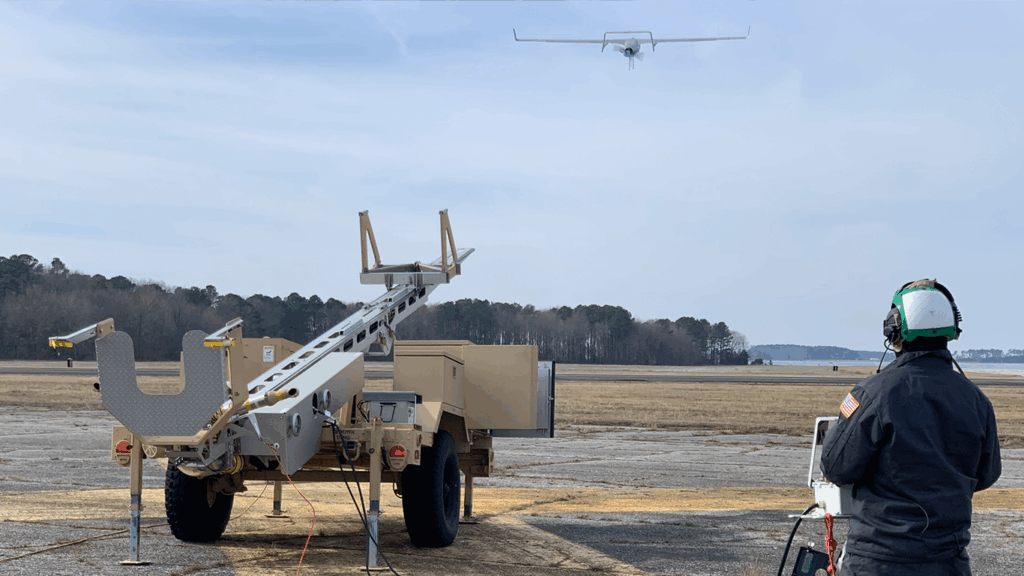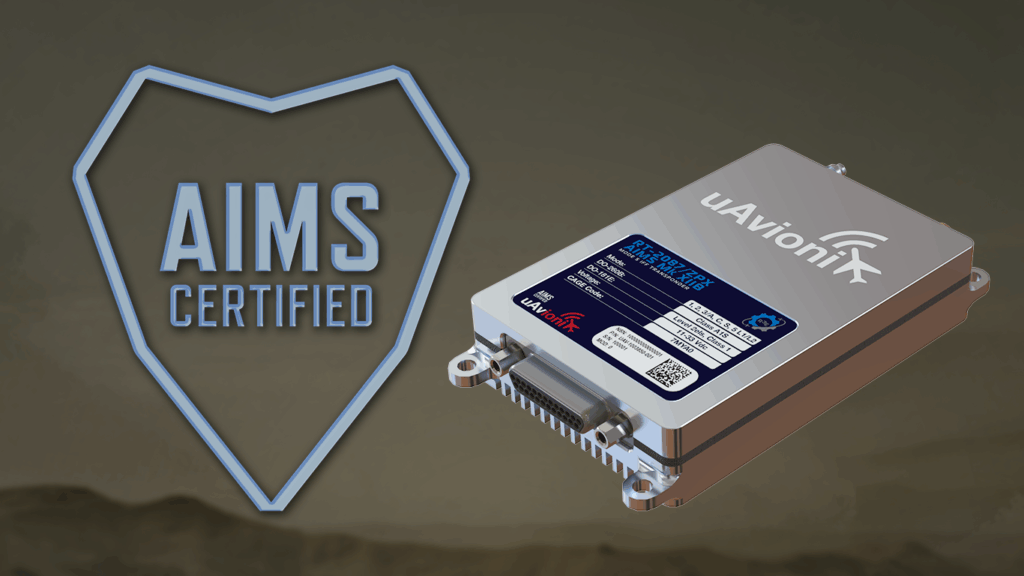Tactical Surveillance for Advanced UAV Operations
The RT-2087/ZPX Micro IFF Mode 5 Transponder provides a comprehensive solution for Identification Friend or Foe (IFF) and Automatic Dependent Surveillance – Broadcast (ADS-B) requirements. Designed specifically for tactical UAVs, this system ensures high security, operational efficiency, and compliance with both battlefield and civilian airspace regulations. It’s the ultimate tool for enhancing the situational awareness and safety of unmanned systems.

Primary Features
Additional Features
Reliable System Performance
Wide Operational Temperature Range
Operates effectively in temperatures ranging from -45 to 71°C.
High Transmission Power
250 W power output enhances range and reliability of surveillance transmissions.
Crypto Emulator Support
Facilitates non-classified development and training with options like KIV-77 and KIV-79.
Extended Altitude Compliance
Compliant with operations up to 60,000 ft, suitable for high-altitude missions.
Robust Position and Baud Rate Specifications
Supports high-speed data transmissions and precise positioning.
Advanced Protocol Support
Utilizes GDL90+ and uAvionix OEM Protocol for superior data communication integrity and security.
FAQ's
Knowledge Base
- Aircraft Compatibility
- FAA Requirements
- Installation
- Operation
- Maintenance
- Troubleshooting Tips and Tricks
What types of UAVs can use the RT-2087/ZPX?
Designed for small and tactical UAVs, the RT-2087/ZPX is versatile enough to integrate with various unmanned aircraft systems requiring low-SWaP specifications.
Does the RT-2087/ZPX meet FAA regulations for UAV operation in controlled airspace?
Yes, it meets ADS-B and IFF requirements as per FAA standards, ensuring compliance for operation within national airspace.
What is involved in installing the RT-2087/ZPX on a UAV?
Installation involves integrating the transponder with the UAV’s existing avionic systems, typically requiring configuration of control interfaces and antenna setup.
How is the transponder operated remotely?
The transponder can be operated via Ethernet or RS-232/485 interfaces, allowing ground control stations to manage settings and functionalities remotely.
What maintenance is required for the RT-2087/ZPX?
Regular maintenance includes firmware updates, system diagnostics, and checking connectors and cables for integrity.
What should I do if the transponder is not transmitting data correctly?
Verify the power settings, check antenna connections, and ensure that the correct operational modes are configured. Resetting the system or performing a firmware update may also resolve issues.
Documentation
ZPX Manuals & Guides
Technical Specifications
| Specification | Value |
|---|---|
| Input Voltage | 11-33VDC |
| 3.5W Continuous (NORMAL) | |
| 4W Peak (8ms maximum) | |
| Size | 83 x 47 x 15 mm |
| Weight | 68 grams |
| Operating Temp | -45 to 71°C |
| Transponder | |
| Mode 1,2, 3/A, C, S | -76dBm ±2dB |
| Mode 5 MTL (sensitivity) | -80dBm |
| 1090 MHZ Tx Power | 250 W (54 dBm) |
| Altimeter | |
| Range Accuracy | TSO-C88b compliatnt up to 35,000 ft |
| 35,000 to 60,000 ft, ± 1% | |
| Control Interface | |
| Baudrate | 57,600 bps RS-485/-232 |
| Protocol | GDL90+ |
| Position Interface | |
| Baudrate | 115,200 bps RS-232 |
| Protocol | uAvionix OEM Protocol |
| ADS-B Traffic Interface | |
| Baudrate | 115,200 bps RS-232 |
| Protocol | GDL90+ |
| KIV Interface | |
| AIMS 04-900(A) | Option B (KIV-77 / KIV-79) |
| Options | |
| 1030/1090 MHz Transponder Antenna | |
| uAvionix truFYX TSO-C145e Position Source | |
| NSM programming for crypto emulator | |
| Crypto emulators (KIV-77 and KIV-79) |


